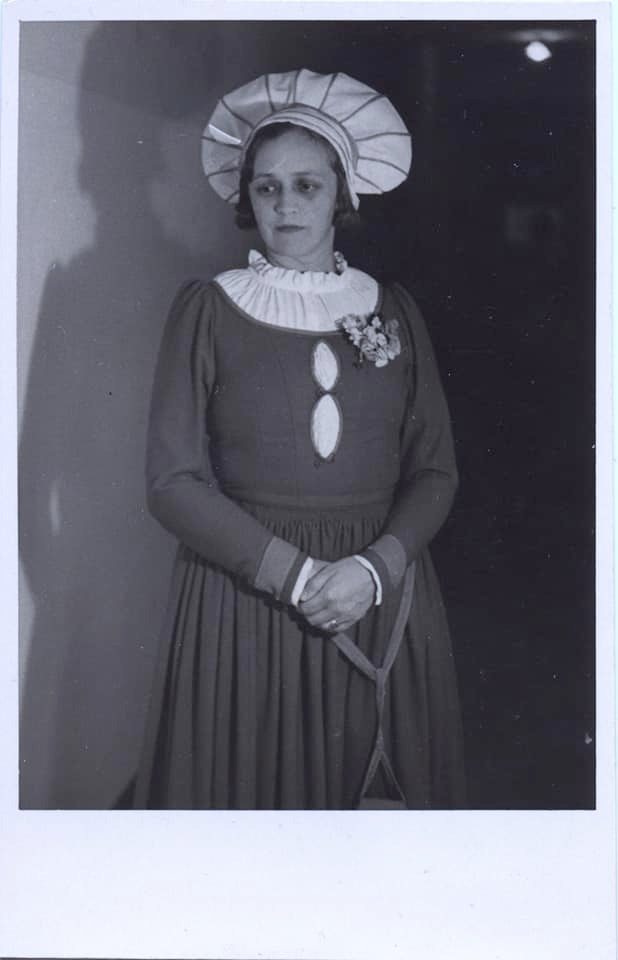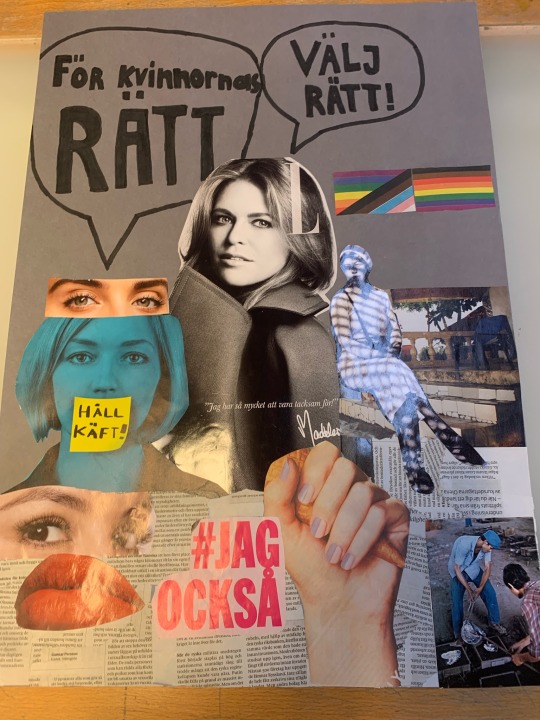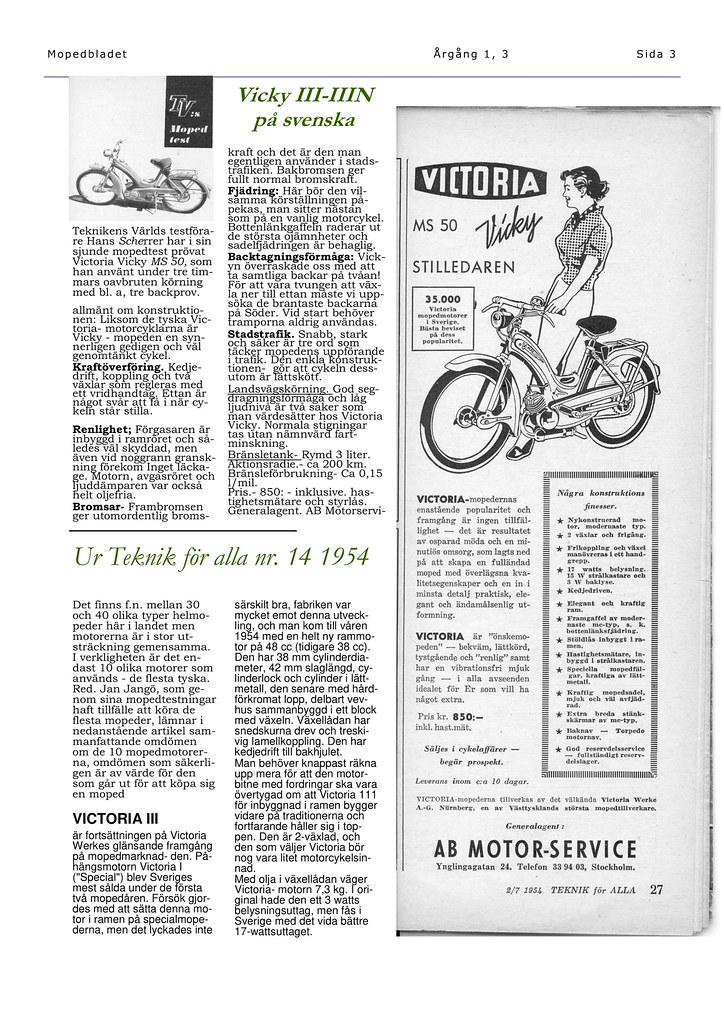#tidning
Text
GRATTIS TILL 40 ÅR, 8SIDOR.SE, MIN MORGONS FAVORITWEBBPLATS. STORA KRAMAR FRÅN USA (-:
0 notes
Photo


1 note
·
View note
Video
Victoria Vicky III & Vicky III N, Mopedbladet nr 4, 2000 (1) by Mats Peterson
Via Flickr:
:copyright: Club Victoria. Från clubvictoria.org/om-klubben/klubbtidningen-mopedbladet/.
#vehicle#moped#Victoria#Victoria-Werke AG#Nürnberg#Germany#Victoria M 50#Victoria Vicky III#Victoria Vicky III N#Victoria MS 50#Victoria M 51#Victoria MS 51#Sweden#article#artikel#Mopedbladet#Club Victoria#tidning#klubbtidning#flickr
0 notes
Text
tvivlar på att jag kommer att gilla någon av låtarna ikväll heller, men jag kollar ändå för att jag är för nyfiken på vad Fröken Snusk faktiskt kommer att göra efter all kontrovers
#har aldrig hört någon av hennes låtar i mitt liv#men eftersom det inte har gått att öppna en tidning utan att läsa om henne senaste månaden#så är jag ju ändå nyfiken nu#melodifestivalen#mello
6 notes
·
View notes
Text
If you ask me in 12h I’ll hopefully be able to say that I’m seeing Bon Iver this summer
#mememe#bon iver#at fucking dalhalla#fjärde bästa utomhusarenan i världen enligt någon österrikisk tidning#så det är ju fett!#och det är väl även det man betalar för tänker jag#the goddamn venue
2 notes
·
View notes
Text
Helsida vs. tabloid
Amerikanska söndagsserier kunde bli publicerade i olika format i olika tidningar, och det i olika storlek beroende på tidning. Jag har tidigare gjort en jämförelse mellan en fullstor helsida och motsvarande helsidor i tabloid. Här är ännu en…
Ett urval källor
En helsida för storformat med Flash Gordon och Jungle Jim från 26 maj 1935. ©KFS
Helsidor hade på 30-talet och framåt ofta en så kallad…

View On WordPress
#Alex Raymond#Blixt Gordon#Flash Gordon#Helsida#Jungle Jim#Redigering i serier#Söndagsserier#Tabloidformat#Topper strip
5 notes
·
View notes
Text

Here we see a picture of Swedish mezzo-soprano Kerstin Thorborg (1896-1970) as Magdalene in Die Meistersinger von Nürnberg by R. Wagner. Salzburg 1936.
Kerstin Thorborg was a court singer. She celebrated her greatest triumphs in Wagner’s contralto roles at the Metropolitan Opera in New York and prior to that in Buenos Aires, at the German Opera in Prague and in pre-Nazi Germany and Austria.
Kerstin Thorborg was born in 1896 in the village of Siknäs in Venjan, in a musical home. Her brother Olof often sang during his training as a physician as did their father Viktor Thorborg, who had sung first bass in the male choir Orphei Drängar in Uppsala before becoming a newspaperman and editorial secretary at Södra Dalarnas Tidning. Their mother Hildur, née Boman, and brother Klas were even more important to Kerstin Thorborg since they encouraged and supported her economically.
After passing her school certificate, Kerstin Thorborg took lessons for the voice pedagogue Ina Wickström in 1914–1916 in Växjö. After that followed studies with the voice pedagogue and voice physician Gillis Bratt, who was her teacher in 1917–1919, after which one of his assistants, Karin von Rosen, took charge of Kerstin Thorborg’s voice training until 1923. After a successful audition at the Kungliga Teatern Opera School (now Operahögskolan in Stockholm) she started her professional training.
After small roles in Wagner’s Die Walküre and Verdi’s Rigoletto, she made the first of her three obligatory debuts in 1923: as Lola in Mascagni’s Cavalleria Rusticana, a role that disappeared out of her repertoire after three performances. On the other hand, she enjoyed some of her greatest successes in the future in Berlin, Vienna and New York with her other two debut roles: Ortrud in Wagner’s Lohengrin in 1924 and Amneris in Verdi’s Aida in 1925.
In the autumn of 1925, Kerstin Thorborg got to know Gustaf Bergman who became very important to her. He had been the director at the Stora teatern in Gothenburg, from which he was fetched by the Stockholm Opera director John Forsell after having produced Die Fledermaus by Johann Strauss the younger. He was to be responsible for the Stockholm production of the same work. After that, he was appointed as stage manager at the Kungliga Teatern. It was at the Stockholm Opera that Kerstin Thorborg — probably with the help of Gustaf Bergman — learned practically her entire future repertoire with five exceptions: Eudossia in Ottorino Respighi’s La Fiamma, the dryad in Ariadne auf Naxos, Clytemnestra in Electra, Octavian in Der Rosenkavalier and Herodias in Salome, the four last-named operas by Richard Strauss.
In 1925, Kerstin Thorborg signed her first contract with the Kungliga Teatern, the first of several that were often renegotiated so that her annual income rose from 3,000 kronor to 16,000 kronor. When her final Stockholm contract expired in 1931, she had appeared in 341 performances of altogether 38 productions, among which were lesser roles in Swedish operas.
Kerstin Thorborg signed her first foreign contract with the Nürnberg Opera in 1930. After that she appeared mainly in the German-speaking opera houses: Deutsches Landestheater in Prague, Stadt-Theater in Nürnberg, Städtische Oper in Berlin, Wiener Staatsoper and the Salzburg Festival as well as the German seasons at Teatro Colón in Buenos Aires and the Metropolitan Opera in New York. At Covent Garden in London she sang only Wagner and Richard Strauss every spring in 1936–1939.
In 1928, Kerstin Thorborg and Gustaf Bergman were married in the church in her home town Hedemora in the central Swedish province of Dalarna. With that she was to share her sixteen-year-older husband’s economic problems with paying maintenance after two divorces. However, from 1931 onwards, she earned so well that she was able to end her contract with the Städtische Oper in Berlin in 1934 on account of her dissatisfaction with the Nazis and as a protest against Hitler. She did the same thing with the Vienna Opera a few days before the Anschluss.
In 1935, the Canadian tenor Edward Johnson took over as the director of the Metropolitan Opera. With his Norwegian roots, he favoured Scandinavian singers like Kirsten Flagstad and Lauritz Melchior and soon also Kerstin Thorborg, who made her debut in New York in 1936. During her first season in 1936/1937, she sang five Wagner roles at 15 performances. At her 24 performances in the season of 1937/1938, both her new Richard Strauss roles, Clytemnestra in Elektra and Octavian in Der Rosenkavalier attracted general admiration but disappeared immediately out of the repertoire. The season of 1938/1939 included 52 performances and only one new role – that of Orpheus in Gluck’s opera Orpheus and Eurydice.
During her visit to Europe in 1939, she appeared in four concerts with Arturo Toscanini: in Beethoven’s Missa Solemnis on two May evenings in London and in Verdi’s Requiem with Jussi Björling at her side on two August evenings in Lucerne. Despite the war, her duty demanded that she sang Mahler’s Das Lied von der Erde with Martin Öhman on four October evenings in Holland.
In October 1939, Kerstin Thorborg and Gustaf Bergman travelled by ship from Oslo to the USA and did not return to Dalarna until the end of May 1946. In between lay 67 months in America and 254 performances with mainly Wagner on the programmes.
During the couple’s home journey after the war in 1946, Kerstin Thorborg’s fiftieth birthday was celebrated onboard in company with two other returning Swedish Metropolitan stars: the tenors Jussi Björling and Torsten Ralf with their respective wives. In October the same year, Kerstin Thorborg and her husband returned to New York. Four performances at the Opera in Chicago were her first appearances, but nothing was fixed with the Metropolitan, despite the fact that Kerstin Thorborg had for several years been accustomed to participating in more than 30 performances per year there.
When M/S Gripsholm arrived in Gothenburg early in January 1947 with the couple who were already returning home, the journalists wondered why they were back so soon. The couple blamed Kerstin Thorborg’s Dutch tour and the fact that Gustaf Bergman’s memoirs must be completed. They did not yet know that the director of the Metropolitan, Edward Johnson, had for a long time dreamt of engaging Hjördis Schymberg who was already on her way there. For the couple, 1947 was an involuntary sabbatical year. Not until January 1948 did Kerstin Thorborg sing again at the Metropolitan, but only in five Wagner roles during a period of ten weeks. The following year, her contribution was reduced to fourteen appearances in four Wagner roles but as encouragement also six Richard Strauss evenings. Edward Johnson left the Metropolitan in 1950 and Kerstin Thorborg had to be satisfied with six appearances at the beginning of that year. With four evenings singing Verdi and Saint-Saëns in Stockholm in the autumn of the same year, Kerstin Thorborg ended her career.
After her husband’s death in 1952, Kerstin Thorborg isolated herself and socialised mainly with her nine cats. In 1963, Falu-Kuriren’s music journalist Seth Karlsson was given the assignment of interviewing her, which led to an exhibition at the Dalarna Museum, that also received two of her stage costumes. Seth Karlsson was appointed as sole trustee after Kerstin Thorborg’s death in 1970, to take charge of her musical estate. In it were many private film recordings, all her scores and recordings on HMV in 1928, Odeon in 1928–1931, Columbia in 1936 and RCA Victor in 1940, as well as 25 live recordings of her performances at the Metropolitan Opera in 1937–1949.
Kerstin Thorborg is buried in Hedemora Cemetery.
#Die Meistersinger von Nürnberg#Richard Wagner#Wagner#opera#classical music#music history#bel canto#composer#classical composer#aria#classical studies#Kerstin Thorborg#Thorborg#Mezzo-soprano#Royal College of Music#Royal Swedish Opera#chest voice#classical musician#classical musicians#musician#musicians#diva#prima donna#maestro#classical history#the Metropolitan Opera#the Met#MET#metropolitan opera#contralto
6 notes
·
View notes
Text
jag fattar inte grejen med ryan gosling han är ju inte ens attraktiv hans ansikte ser ut som att någon klippt ut olika ansiktsdelar ur en tidning och klistrat fast & inte på ett coolt sätt då alltså
2 notes
·
View notes
Text

Syfte: med affischen så är syftet kvinnors rättigheter, att kvinnornas rätt också räknas och för att stå upp för kvinnornas rätt.
Metod: det är grått A2 papper med tidnings papper som är avdraget och med tusch penna målad med ”Kvinnornas rätt” ”välj rätt”. Planen var att försöka hitta tidnings papper och att rita som angår kvinnornas rätt och att framstå att jag visar det.
Resultat: det bra och jag är väldigt nöjd med mitt resultat och tyckte den blev väldigt fin med alla dessa tidningspapper som jag har hittat som visar det som jag ville ha. Det visar tydligt med att jag tycker det som står på affischen.
2 notes
·
View notes
Text

Sociala världen
Syftet: Jag vill att alla ska slutar med “Bully” eller översittare i olika sociala som vi träffar. Vi får inte säga den ord som är fulla eller elakt ord som vi tanken till andra personer. Vi kan säga bara den orden som inte skada på de andra alla personer. Sluta med “Bully” eller översittare i olika socialen för att vi alla gillar inte att någon annan säga fulla ord mot sig själv. Vi måste respektera varandra för att översittare kan skada och påverkar livet jättemycket, det kan göra kroppsskada eller självmord.
Metod: Färg pennor, tidning, glitter glue, lim, sax, fineliner penna, penna, A2 papper, färg papper.
Resultat: Jag är nöjd med min affischer. Men jag har gjort det fel på rubriken den där som står "Socialt" jag limmar fel bokstaven så det kan inte ta bort den. Så jag klippare ut ny papper som stäng den och sätt på ny bokstav. Men till slut det blev bra.
2 notes
·
View notes
Text

syfte: göra något som representerar fritt tall (free speech) den ska se ut som att tjejen ritad i bilden inte kan tala på grund av att folk inte kommer att gila det.
Metod: den är ritad med blyerts, det är på limmat massa tidnings papper på hennes mun och som tårar. pappret över henne är moln som representerar dåliga tankar.
resultat: jag blev nöjd och den blev som jag ville, hade velat flytta bilden lite mer till höger men mistag gör ju alla och inget är perfekt
såhär blev resultatet<3


2 notes
·
View notes
Text

Syfte: med denna bilden vill jag visa hur det kan vara väldigt rörigt i huvudet och att man inte alltid kanske vågar säga det man vill
Metod jag klippte och och la ut bilder så att det skulle se ut som jag ville sen så klistrade jag ut det i mitten och efter det så rev jag massa text från en tidning och klistrade det runt om bilden så att det skulle se ut som att det är massa tankar som bara flyger omkring
Resultat jag är nöjd men om jag skulle göra om bilden så skulle jag nog ha lite färg också
2 notes
·
View notes
Video
Victoria Vicky III & Vicky III N, Mopedbladet nr 4, 2000 (2) by Mats Peterson
Via Flickr:
© Club Victoria. Från clubvictoria.org/om-klubben/klubbtidningen-mopedbladet/.
#vehicle#moped#Victoria#Victoria-Werke AG#Nürnberg#Germany#Victoria M 50#Victoria Vicky III#Victoria Vicky III N#Victoria MS 50#Victoria M 51#Victoria MS 51#Sweden#article#artikel#Mopedbladet#Club Victoria#tidning#klubbtidning#flickr
0 notes
Text
De kristna har varit de mest intoleranta av alla människor
Jag har både DN och SvD som levereras i brevlådan varje natt och brukar läsa dem mer eller mindre noggrant varje morgon. Den i särklass roligaste läsningen brukar vara insändarsidan i DN, där man faktiskt tycks ta in lite vad som helst ibland. Vissa gånger sätter man kaffet i vrångstrupen när man läser de insändare som tagits in – men man måste väl spegla alla åsikter i en tidning som DN. Man har…

View On WordPress
0 notes
Text
Måste säga det har varit en fröjd att se straight-Sverige tokbråka om romantik och straight-dating i nästan varenda tidning dem senaste veckorna
Tacka fan att jag är queer, kärlek o fred på planeten Jorden
#Håller med snubben i min lokaltidning som pekar o skrattar o poppar popcorn#Han är fan rätt på det#sa du sten#svea rike#all makt åt tengil vår befriare#sverige#Riktigt livsexempel av straightsen är inte okej
2 notes
·
View notes

